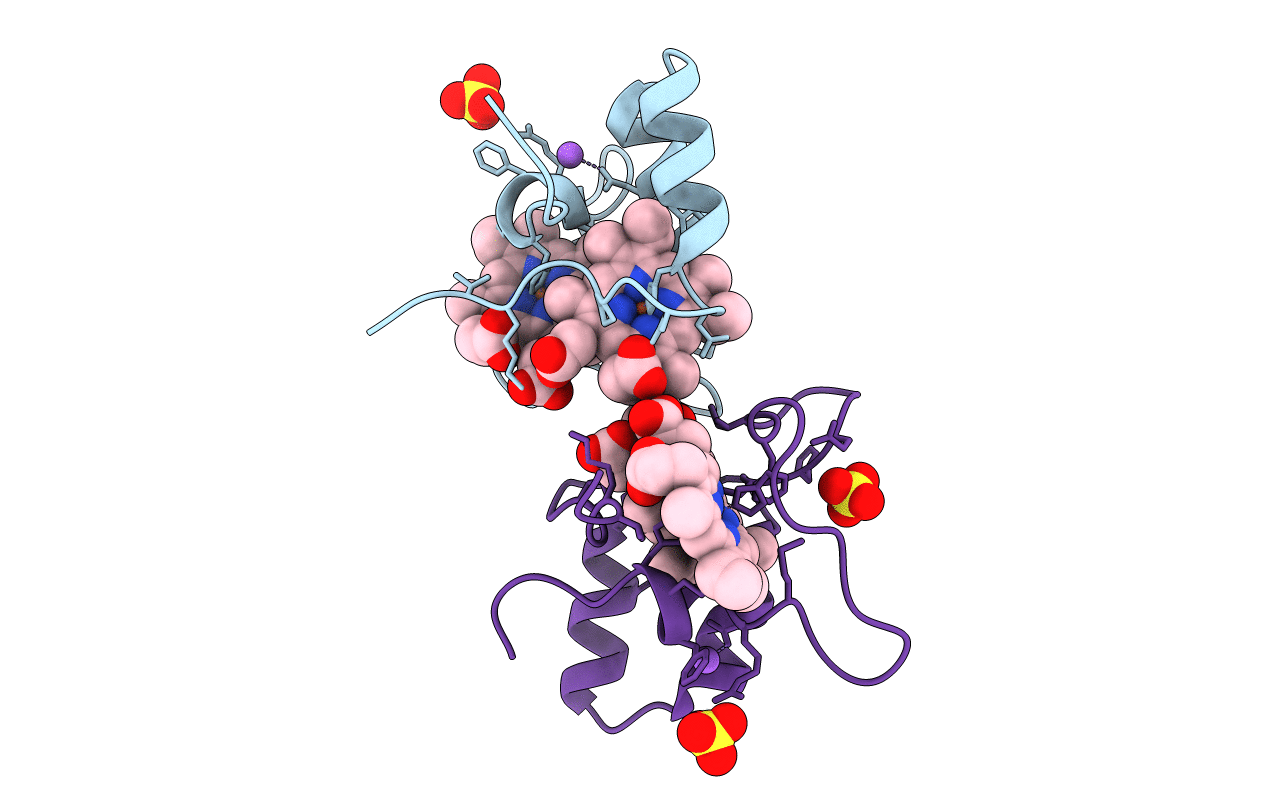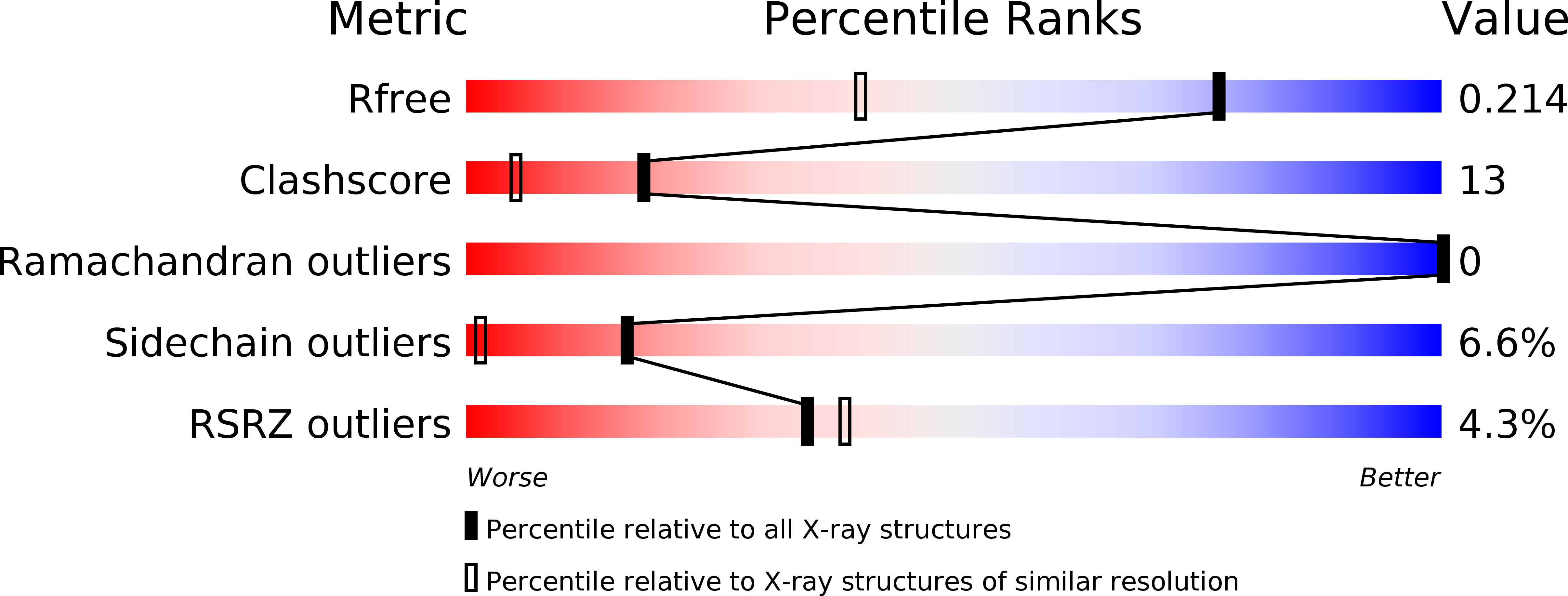
Deposition Date
2005-07-15
Release Date
2005-10-18
Last Version Date
2024-10-23
Entry Detail
PDB ID:
2CZS
Keywords:
Title:
Crystal Structure Analysis of the Diheme c-type Cytochrome DHC2
Biological Source:
Source Organism:
Geobacter sulfurreducens (Taxon ID: 243231)
Host Organism:
Method Details:
Experimental Method:
Resolution:
1.50 Å
R-Value Free:
0.27
R-Value Work:
0.22
R-Value Observed:
0.22
Space Group:
P 1 21 1


